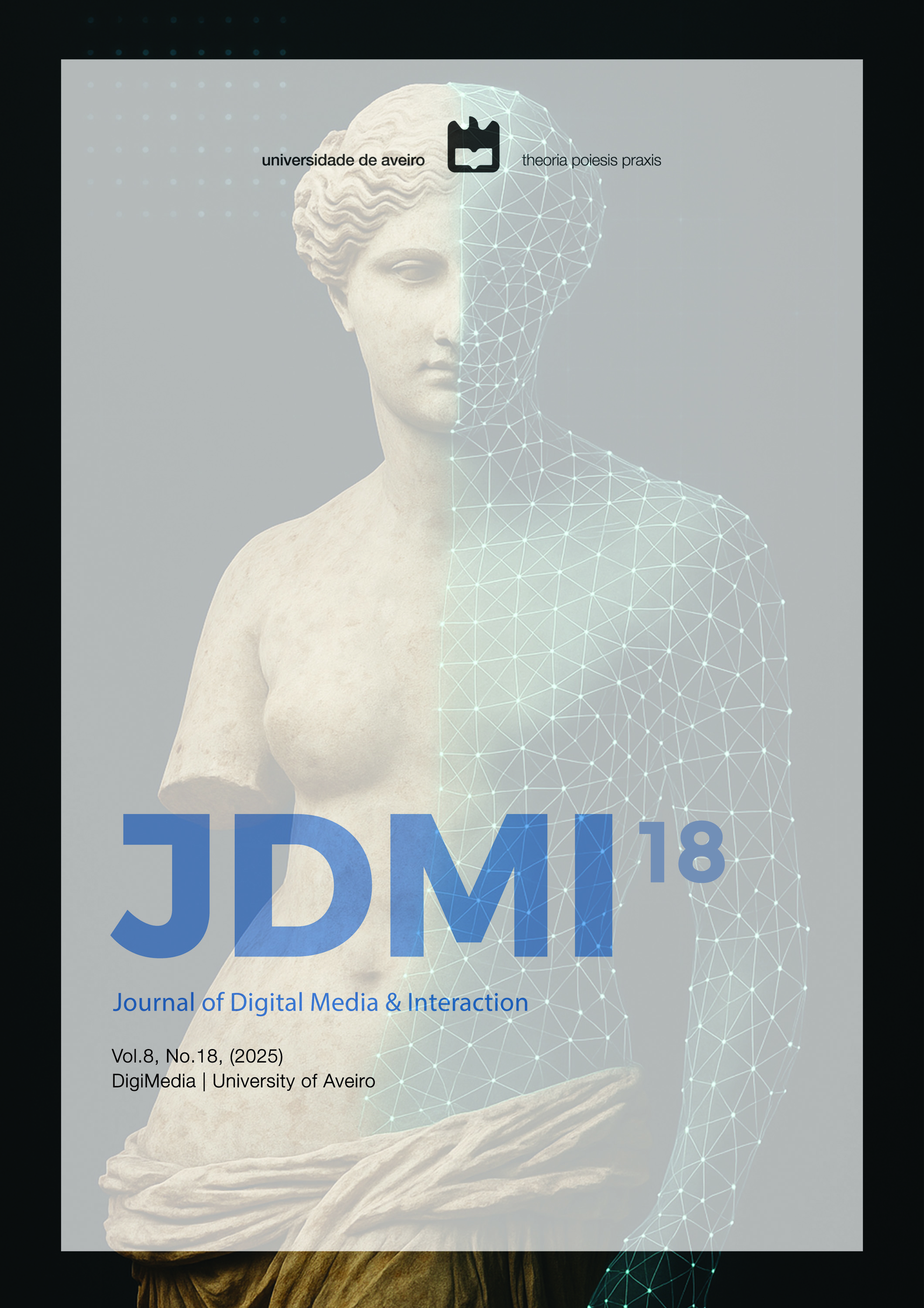Simulacrum or Simulation of Heritage: The Abade Case Study
Abstract
Archaeology has undergone significant developments in recent times and is constantly adapting to the changing demands of modern society. As the contemporary world experiences constant and rapid change, the use of information technology resources is not merely a passive and complementary element of research, but an active and dynamic component in shaping the field. This article acknowledges the importance of this relationship and aims to explore the role of technology in enhancing archaeological research. Firstly, we will discuss the importance of computer simulation in archaeology as a novel way of "thinking the past" and as a training "metaphor site" for new professionals. Secondly, we argue that this new approach to archaeological science is not only a methodological advantage for predictive theses, but also an experimental platform for archaeological practice among sites. Thirdly, we bring up the potential of agent-based models and expert systems in the study of complex human and non-human systems, and in the construction of archaeological knowledge through an artificial inference engine. Finally, we provide an archaeological case study with the Abade Artificial Archaeological Site project (AAAS). In the following section, we provide a detailed account of this extensive project and demonstrate the potential applications and implications of virtual models and computer simulations in archaeology and beyond.
Downloads
Copyright (c) 2025 Diogo Menezes Costa

This work is licensed under a Creative Commons Attribution-NonCommercial-NoDerivatives 4.0 International License.
Authors who publish in the JDMI agree to the following terms:
-
Authors retain copyright and grant the journal the right of first publication with the work simultaneously licensed under a Creative Commons BY-NC-ND 4.0. This licensing allows others to share the work with no changes and acknowledgement of the work's authorship and initial publication in this journal, but not for commercial use.
-
Authors are able to enter into separate, additional contractual arrangements for the non-exclusive distribution of the journal's published version of the work (e.g., post it to an institutional repository or publish it in a book), with an acknowledgement of its initial publication in this journal.
-
Authors are permitted and encouraged to post their work online (e.g., in institutional repositories or on their website) after publication, as it can lead to productive exchanges, as well as earlier and greater citation of published work.
Copyrights to illustrations published in the journal remain with their current copyright holders.
It is the author's responsibility to obtain permission to quote from copyright sources.
Any fees required to obtain illustrations or to secure copyright permissions are the responsibility of authors.
Additional Information
All correspondence concerning contributions, books and other review material should be sent to: deca-jdmi@ua.pt


